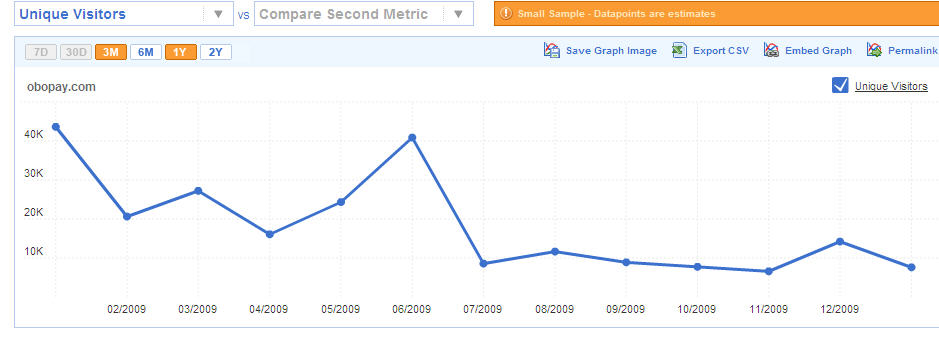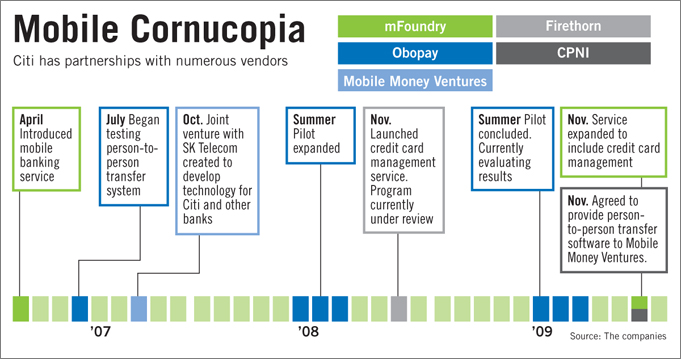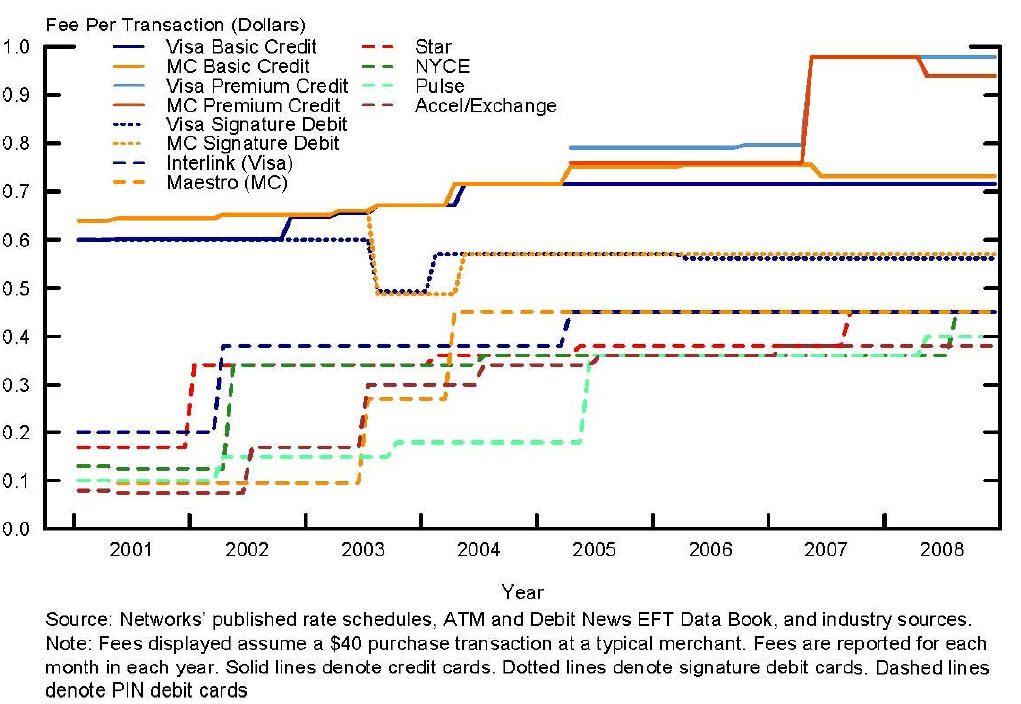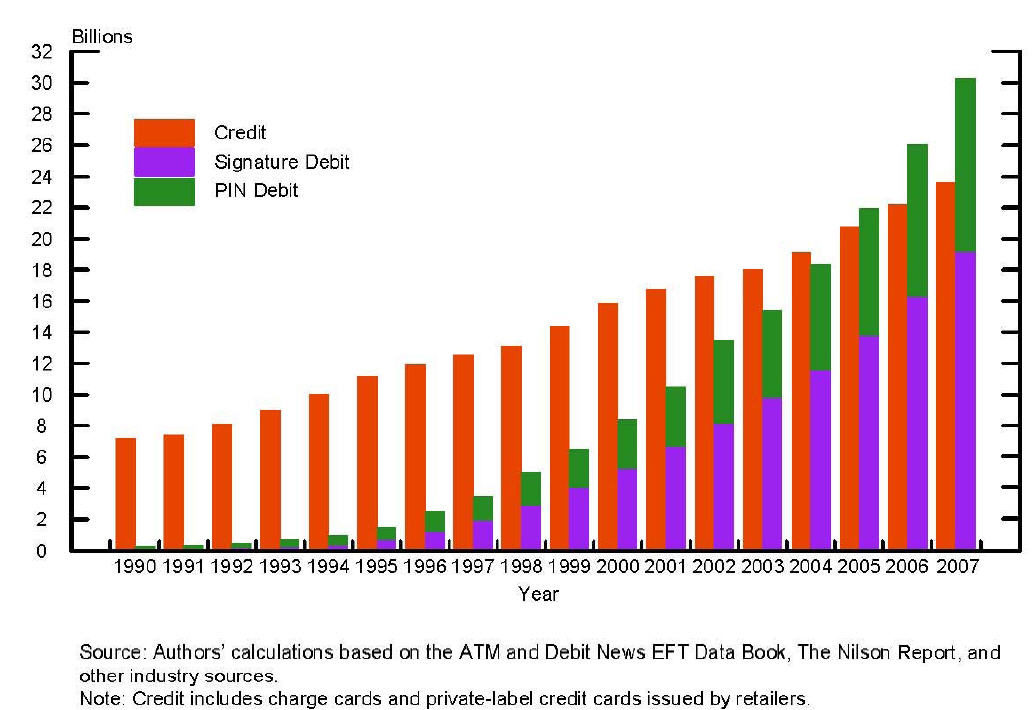11 February 2010
NYTimes article from last night
India’s Central Bank Stops Some PayPal Services –
Simply put.. paypal has no license (See RBI list ) for Operating a Payment System in India under India’s Payment and Settlement Systems Act, 2007. The RBI published Annex I circular on November 27, 2009 (RBI/2009-01/ 236).
It Appears that RBI’s central issue is with PayPal’s role as an “unlicensed” Money Transfer Service. This issue is certainly not new to PayPal (see US Regulations – Online Payment/Transfer). As highlighted in the circular above:
All cross-border inward remittances under MTSS must be accompanied by accurate and meaningful remitter information (name, address and unique identification number of each remittance like, MTCN) on funds transfer and related messages that are sent and the information should remain with the transfer or related message through the payment chain. A unique reference number, as prevalent in the country concerned, must be included.”
Further, Paypal’s “agents must”:
Indian Agents should have effective risk-based procedures in place to identify cross-border inward remittances lacking complete remitter information. The lack of complete remitter information may be considered as a factor in assessing whether a cross-border inward remittance or related transactions are suspicious and whether they should be reported to the FIU-IND. The Indian Agent should also take up the matter with the Overseas Principal if a remittance is not accompanied by detailed information of the fund remitter.
Issue for PayPal is that its “agent” in this case is its commercial bank that initiaties the domestic ACH. My guess is that they are also in a bit of hot water for allowing this connectivity in light of the Nov 2009 circular (and subsequent inaction).
In order to resolve RBI’s issues, PayPal must:
- Obtain an MTS License (or a Payment System License)
- Renegotiate terms and services with its clearing bank(s) so that they will comply with “Indian agent” responsibilities above, namely PayPal must provide detailed information on remittance (above) to clearing bank and hold information in country so that bank can perform both AML sanction screening and other SAR reporting
- Put the detailed technology plan in place capture and send information to bank
- Review Plan with regulator
- Obtain regulatory approval on end state plan and request exception process for operating until final (end state) is in place
India’s regulators are some of the toughest on the planet. They expect that organizations read their guidelines.. “Better to ask forgiveness than permission” is a regulatory approach that probably works best before you are public company.
Note that PayPal’s “merchant” transactions (where an eBay buyer is paid) are not covered within the MTS regs above, unfortunately for PayPal it is difficult to screen these commercial transactions from other payments, hence the broader impact in clearing both commercial “merchant” ebay payments and P2P/Remittances.
My related Post
Cash Replacement
NACHA on Aggregation
SEC AML/Patriot Overview Regs




